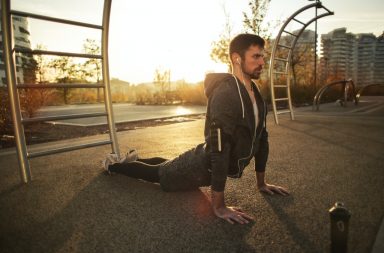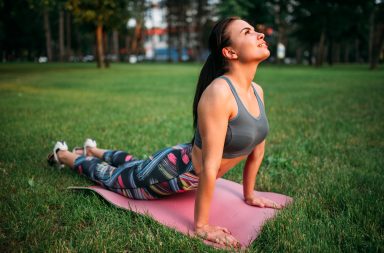Did you know that the hip joint is the strongest and largest in the body? What’s more, the hip provides flexibility, power, and stability. Notwithstanding its toughness, age and excessive use can cause the hip joint to deteriorate and get damaged. Under these circumstances, hip pain is to be highly expected. Bursitis is one of many causes of hip pain. Nevertheless, a lot of active people do not know the hip bursitis exercises to avoid.
Are you suffering from hip bursitis? If yes, there are some treatments you might find effective ranging from medications to physical therapy. As far as physical therapy goes, there are some exercises you should withhold from to avoid worsening the situation. This article contains, amongst other things, some hip bursitis exercises to avoid.
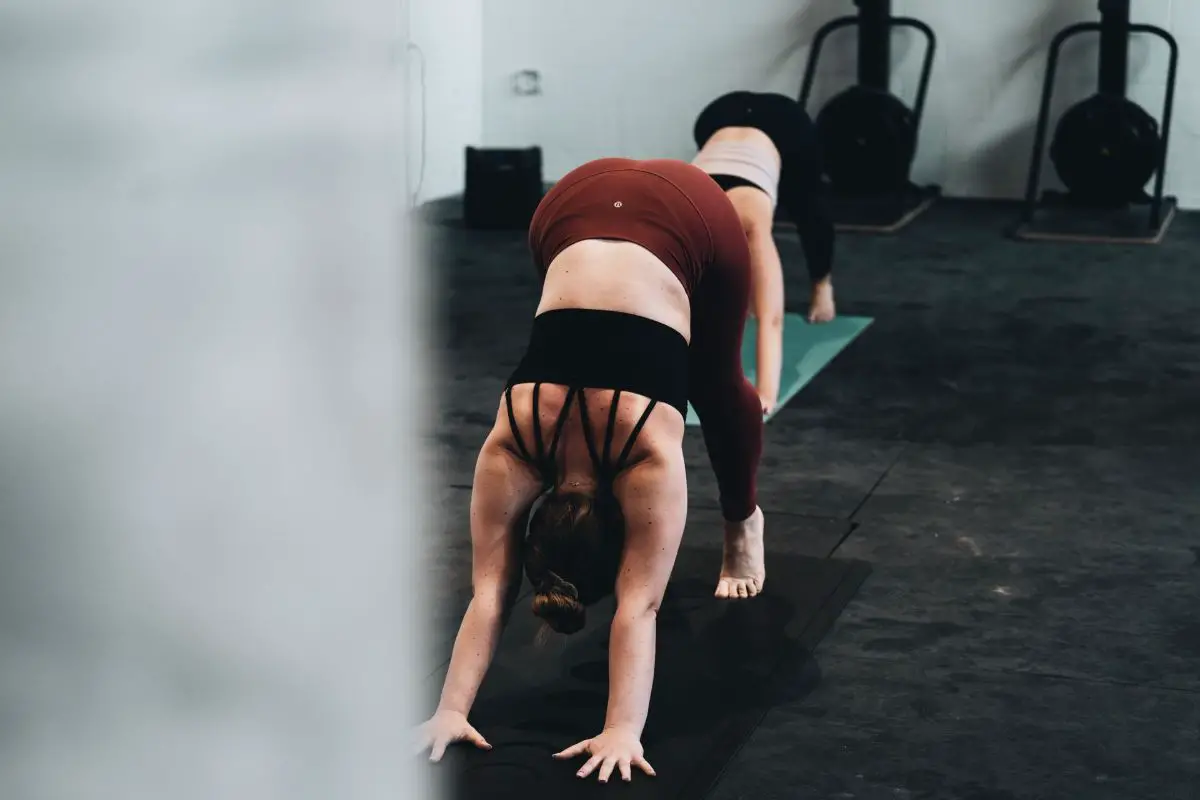
Photo credit: Loven Viewer
What is Hip Bursitis?
Hip bursitis is otherwise known as trochanteric bursitis. Trochanteric bursitis is a medical term used to describe the irritation or inflammation of a bursa found around the hip joint. Additionally, bursitis can affect other body parts where these bursae are located, such as the shoulder, elbow, knee, buttocks, and heel.
A Bursa is a small fluid-filled saclike cavity found around a couple of important joints in the body. This fluid-filled sac helps cushion the friction between the bones and soft tissues such as skin, muscles, and tendons. Additionally, bursa facilitates free movement of around its host joint.
There are two major bursae in each of the hip found in the body. The bursa located in the outer part of the hip is called the trochanteric bursa. Bursitis of the Trochanteric hip has to do with the inflammation of that region. Furthermore, it could also be used to describe a situation in which the hip bursae gets irritated.
Additionally, when the bursa located in the groin area (iliopsoas) of the hip becomes irritated or inflamed, the condition can also be referred to as hip bursitis. The iliopsoas bursitis is not as rampant as trochanteric bursitis. Notwithstanding, both conditions are easily treatable.
Before we look into the possible causes and symptoms of hip bursitis, let’s first take a look at hip bursitis exercises to avoid.
Symptoms of Hip Bursitis
Hip pain and stiffness are unarguably the most noticeable symptoms of hip bursitis. The pain usually starts from the point of the hip and spreads outwards to the thigh area. What’s more, the pain begins as sharp and intense and metamorphoses into severe aching as the condition worsens.
Eventually, prolonged sitting, walking, squatting, or stair climbing can worsen the degree of pain. The pain further becomes unbearable at night when leaning on the affected area for a long time.
In some cases, the affected joint may likely become rigid and inflexible. On top of that, the bursa becomes over-sensitive to touch. Other probable symptoms include swollen hip, redness of the hip and fever.
5 Hip Bursitis Exercises to Avoid
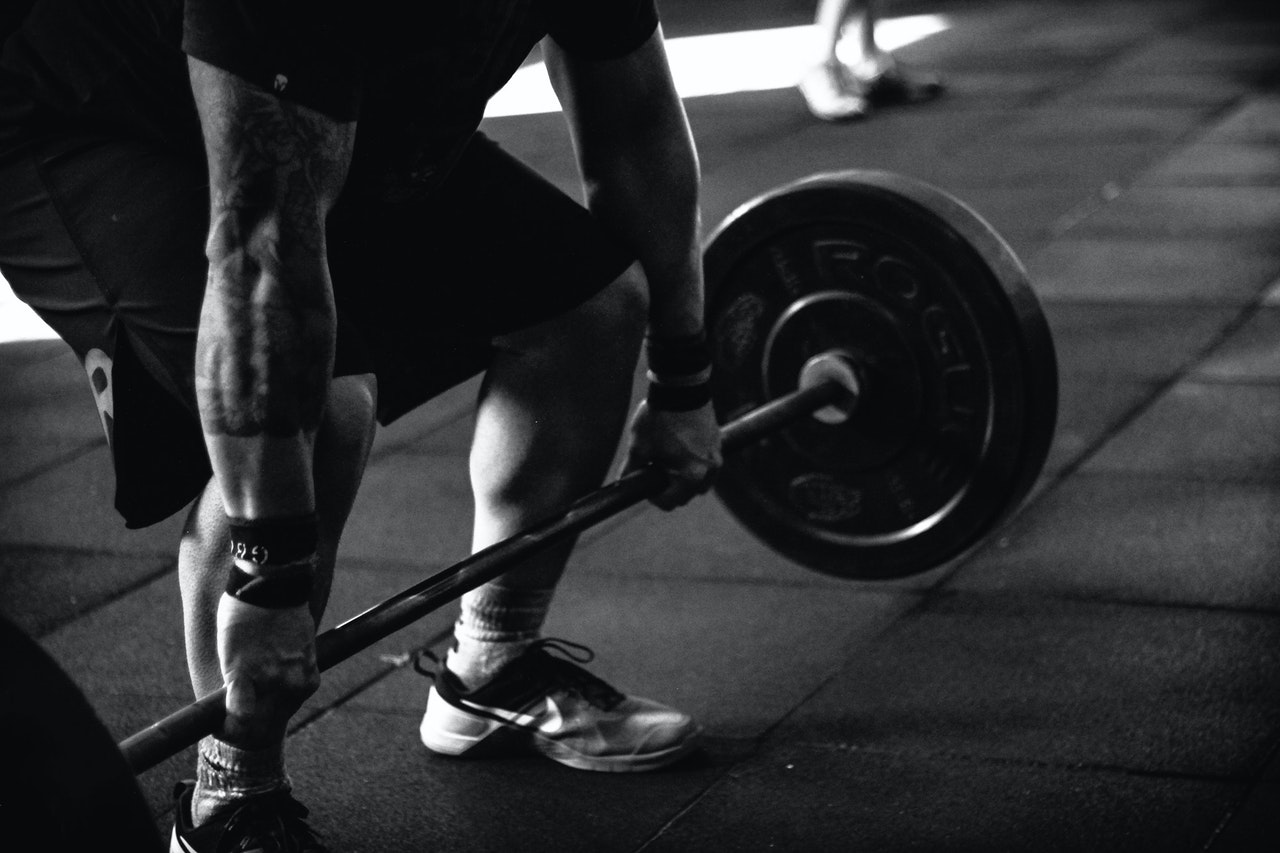
Image credit: Victor Freitas
If you’re suffering from hip bursitis, doing the right exercise and emphasising ‘right’ can help alleviate your suffering. In addition to that, physical activities help enhance muscle strength and flexibility. ‘Wrong’ practices place undue pressure on the affected hip, ultimately worsening the condition.
Choosing the appropriate form of exercise to do with hip bursitis can become a challenge. Make sure you consult a certified physical therapist to get professional advice, on which exercise to embark on to suit your purpose.
However, here are some hip bursitis exercises to avoid in order not to complicate things.
1. Running
Running is major when it comes to hip bursitis exercises to avoid as it can cause you pain and exert a considerable amount of force on the hip. Similarly, you should steer clear of any form of cycling as it can have many dire consequences.
2. Cycling
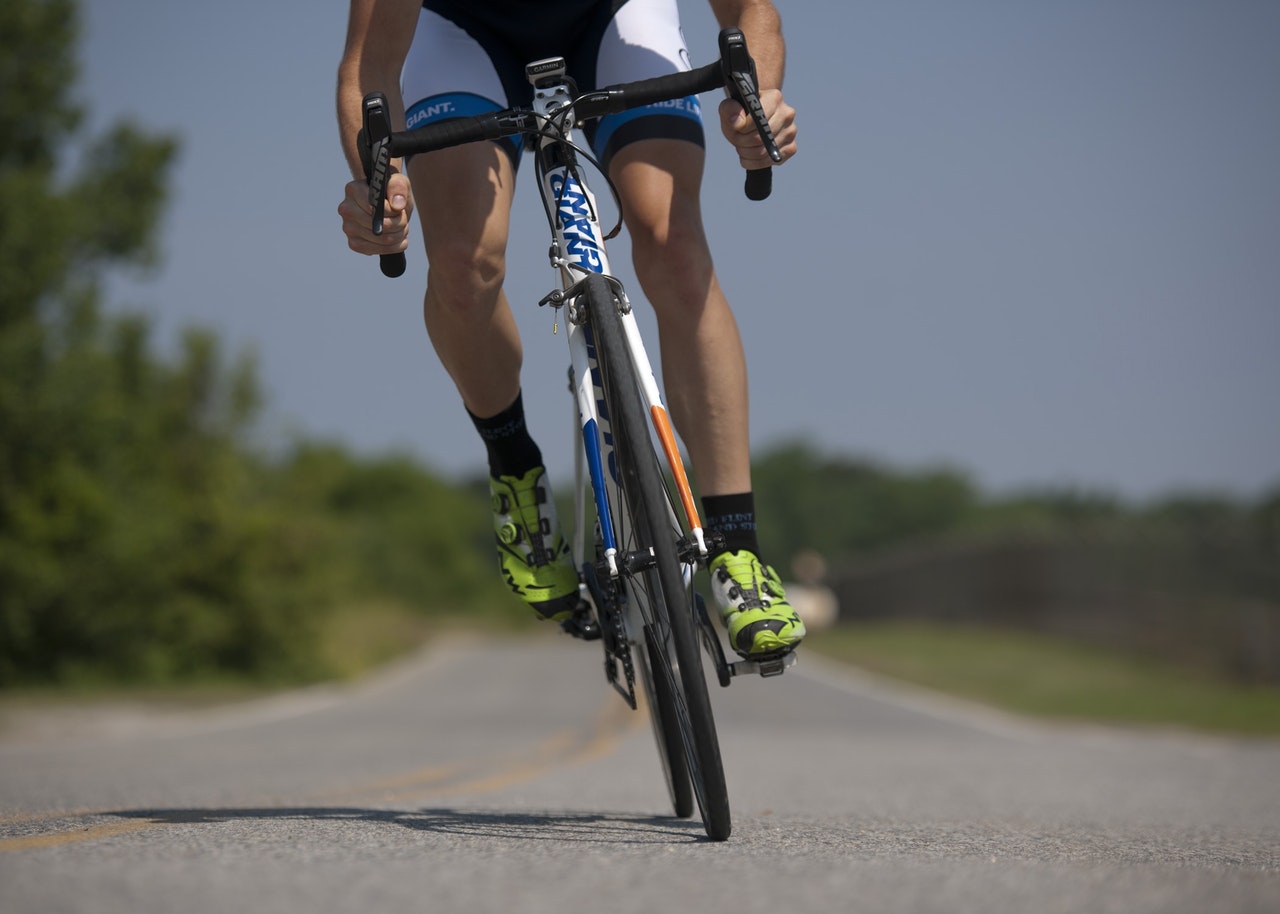
Image credit: Pixabay
You must know that during cycling, the hip joints carry all of your body weight. The pressure exerted by your body weight can take a negative toll on your hip joint. What’s more, the hip joint will become strained and cause you severe pain. You should stay off cycling until your hip pain reduces.
3. Using Cardio Exercise Machines
Cardio exercise machines require weight-bearing which makes them a no-no for someone with hip bursitis. These machines should be avoided at all costs to not subject your hip joint to undue pressure. In addition to that, you should also avoid using treadmills, stair-climbing, and elliptical machines. The reason is simple – all of these machines require you to be in a standing position.
4. Deep Squats
Another type of exercise someone with hip bursitis should avoid doing are squats and leg lifts. Deep squats require extreme levels of motion that affect your hips. Side leg lifts should also be avoided as it entails you laying on the affected hip for prolonged periods.
Rather than go for deep squats, you can do squats with standing adduction. Other viable alternatives include clamshells, monster walk, elevated plank with hip extension, lying adductor lifts, and plank with alternating toe taps.
5. High-Intensity Strength Training
For starters, you should avoid substantial load-bearing activities. Heavy load-bearing exercises and high-impact exercises are the same things. Engaging in significant load-bearing activities will only increase the pain around your hip joint.
So, you should avoid high-intensity strength training. High levels of pain and discomfort accompany this sort of training. Rather than engaging in high-intensity strength training, low to moderate intensity strength training is advised.
Knowing which type of intensity training to engage in is why you need the input of a professional physical therapist or medical expert.
Exercises To Opt For

Image credit: Jim De Ramos
In place of these load-bearing exercises, you can opt for cardio exercises. Cardio exercises are moderate on the joints and take the pressure away from the affected area.
1. Swimming
Swimming can serve as a viable alternative to standing on the affected leg. The good thing about swimming is that it evenly transfers weight throughout the body.
Furthermore, swimming helps tone the muscles in your arms and legs as well as enhance your stamina. What’s more, it reduces the amount of body weight placed on the affected hip joint to a minimal level.
This reduction in body weight lets you walk around inside the water. In addition to that, you could also engage in dynamic swimming stretches as well as deep water jogging which removes loadbearing altogether.
2. Recumbent Exercise Machines
You could also opt for recumbent exercise machines to cushion the effect of weight-bearing. There are recumbent bikes and steppers on the market that could prove useful in this regard.
These recumbent exercise machines help strengthen the muscles around your leg and hip. With these machines, you can burn as many calories as you want without straining your hips.
As opposed to upright steppers and bikes, recumbent bikes and steppers allow you to exercise more effectively while remaining in a sitting position. What’s more, your muscles play very little role in maintaining your balance and posture.
The bottom line is that you should avoid exercises that require you to take up standing positions as they will only contribute to worsening your pain.
3. Certain Types of Aerobic Exercises
For lovers of aerobic exercises, you can still go about them more healthily. Some healthier options suitable for your condition include cycling with a stationary bike, water aerobics and walking on a smooth surface.
Standing side leg raises and hip swings are easy aerobic workout routines you can do without applying stress to your joints.
They are a great alternative to side leg lifts and deep squats. What’s more, these aerobic exercises cause you less pain than load-bearing or high-impact exercises.
Above all, working out in water seems like your safest bet if you decide against seeing a physical therapist. Additionally, walking is a better choice when compared to most of the hip bursitis exercises to avoid.
4. Stretching Exercises
People suffering from hip bursitis should undergo stretching exercises. The reason is simple- these exercises help stretch the muscle that runs along the trochanteric region.
Some simple stretch exercises you can do to hasten your rehabilitation are the gluteal stretch, and the iliotibial band stretches, side plank, clam exercise and side-lying leg lift. Please consult a qualified physiotherapist before opting for any physical exercise.
Causes of Hip Bursitis
The primary cause of hip bursitis includes repetitive motions that place undue stress on the bursa found in the hip. Additionally, hip bursitis can also develop from several other conditions. Some of which have been highlighted below.
1. Hip Fracture
Sustaining any injury to your hip can increase your chances of developing hip bursitis. Any injury or fracture can worsen and develop into bursitis.
Additionally, you can suffer a hip injury when you fall on one side of your hip, or bump your hip. Similarly, prolonged leaning or lying on one particular side of your body can make you susceptible to hip bursitis. Sustaining an injury in your hip bursa can also cause it to become filled with blood. This sort of trauma can cause the bursa to get inflamed.
2. Bursa Infection
Hip bursae can get infected through many means. Septic hip bursitis is used to describe the infection of the hip bursae. Furthermore, Septic bursitis rarely occurs at the hip joint. It typically develops around the elbow and knee joints. The regular symptoms are redness of skin, fever, and nausea. Prompt medical attention is advised in the advent of extreme cases as the septic bursitis.
3. Repetitive Motion Disorders
These disorders arise as a result of overly repeated motions undertaken during work or normal routines. Repetitive motion disorders mainly affect soft tissues, including tendons, nerves, muscles, and ligaments.
Typical body parts that could get affected by repetitive motion disorders include the hands, fingers, thumbs, wrists, elbows and shoulders.
Asides these likely places, these disorders can also spread to the neck, knees, legs, and hips. What’s more, overuse or repetitive motion is one of the many causes of bursitis.
3. Rheumatoid Arthritis
If this sounds pretty serious to you, that’s because it is. This condition can very well cause severe joint pain and damage in the body. It’s a variation of arthritis and is different from osteoarthritis because it can affect both sides of the body. In the case of osteoarthritis, there are various highly effective exercises to ease osteoarthritis pain.
RA shares almost the same symptoms as bursitis, which include joint pain, joint stiffness and joint swelling. Additionally, rheumatoid arthritis makes the bursa more susceptible to inflammation.
3. Bone Spurs
Anyone who has calcium deposits around their bones and joints, unfortunately, has bone spurs. Ideally, they form around joints, spines and bone edges. Osteoarthritis is the primary cause of bone spurs. Even though these spurs have no associated symptoms, they are still risk factors for developing hip bursitis.
Bone spurs in the hip can cause very severe pain in moving the hip. Additionally, it can reduce your hip flexibility and motion. They are not easy to diagnose without an X-ray as they don’t have any visible symptoms. What’s more, hip bursae can get irritated by the bone spurs.
Risk Factors for Developing Hip Bursitis
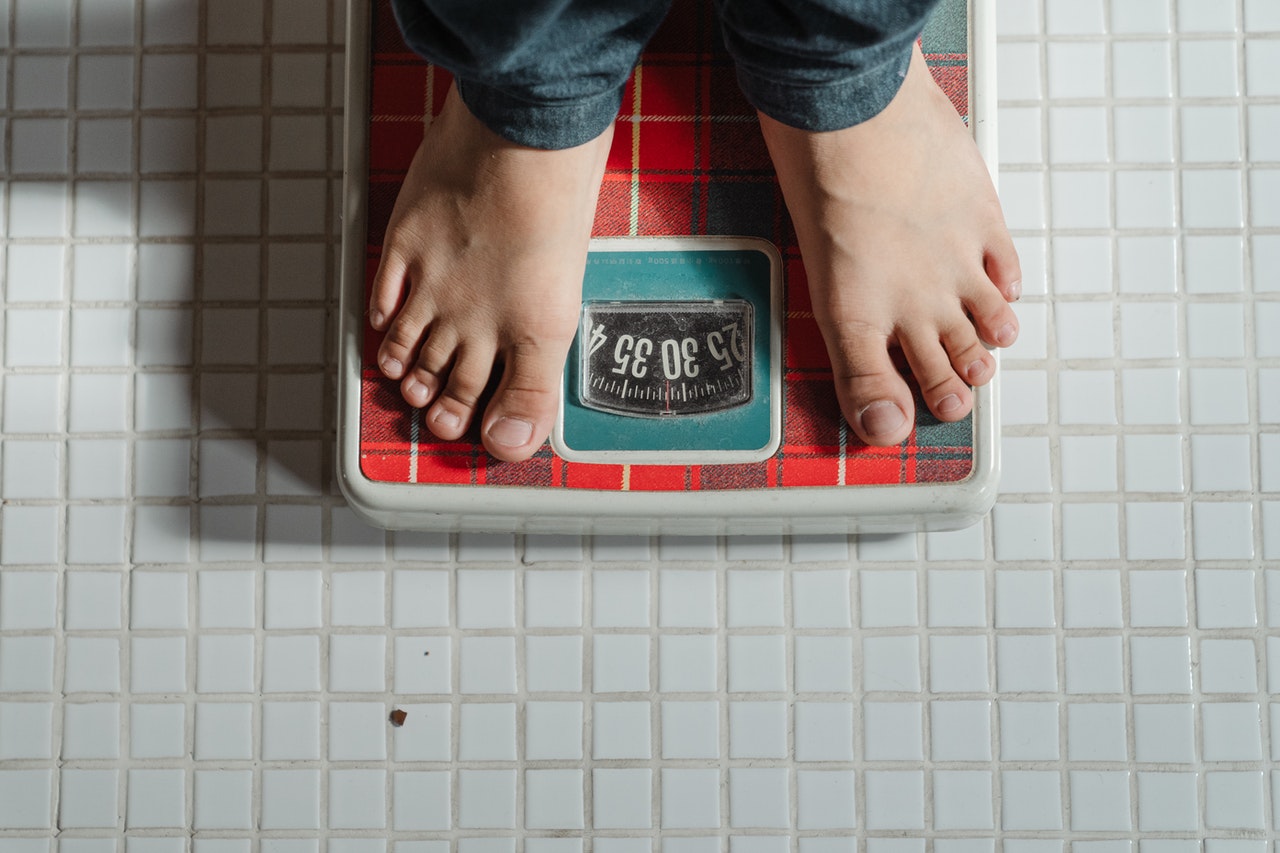
Image credit: Ketut Subiyanto
Several risk factors increase the likelihood of developing hip bursitis.
1. Age and Gender
Contrary to popular belief, hip bursitis affects people of all ages. However, the hip condition is more rampant in middle-aged and older adults rather than in young people. Additionally, women are more prone to develop hip bursitis than men.
2. Excessive Weight
Being overweight can in more ways than one expose you to hip bursitis. For starters, it can affect your manner of walking. This irregularity happens when there is an excess strain on a particular hip joint. You’ve got a higher chance of irritating the bursa in your hip if you’re overweight.
3. Leg-length Discrepancy
Bone diseases such as Ollier diseases, multiple hereditary exostoses, and neurofibromatosis can contribute to the leg-length discrepancy. Additionally, bone infections, neurologic conditions, and juvenile arthritis are probable conditions that can cause discrepancies in leg length.
Huge differences in limb length can affect the quality of life of an individual. In addition to that, it can make the person susceptible to various diseases, infections and conditions, including hip bursitis.
4. Work Activities
The nature or type of work you do can increase your risk of developing hip bursitis. Work-related activities that require repetitive motion opens up a person to having hip bursitis. Not only that, but another huge risk factor is also engaging in any activity that places undue stress on the hip joint.
5. Underlying Medical Conditions
Having certain systemic conditions increases your chance of developing hip bursitis. Hip bursitis is also rampant in people who are prone to joint pain.
Diseases like rheumatoid arthritis, diabetes, and gout can make a person susceptible to hip bursitis.
6. Hip Surgery
Post hip surgeries can have some far-reaching consequences in the hip. After undergoing hip surgery, it’s advisable to limit your movement and remain in a place to allow the injury to heal faster.
However, prolonged sitting or leaning on one side of the hip can lead to bursitis. The bursa in the hip could get irritated and, in some cases, get inflamed. Hip surgeries are a huge risk factor in developing hip bursitis.
7. History of Hip Bursitis
Someone who suffered from hip bursitis in the past is prone to develop the condition again. For your information, hip bursitis can recur even after getting treatment. If you keep developing hip bursitis over and over again, then unfortunately you’ve got chronic hip bursitis.
8. Spine Injuries and Diseases
Spine diseases refer to any condition negatively affecting the spinal cord or backbone. These injuries include arthritis of the lower spine, scoliosis, spinal concussions, and other spine-related problems.
If you have arthritis, fruits might seem a viable means of managing the condition.
However, there are some fruits that inflame arthritis. Notwithstanding, fruits like oranges and bananas are very beneficial in managing arthritis.
Spine injuries can cause you unbearable pain and, in some cases, cause you to develop hip bursitis.
Hip Bursitis Detection
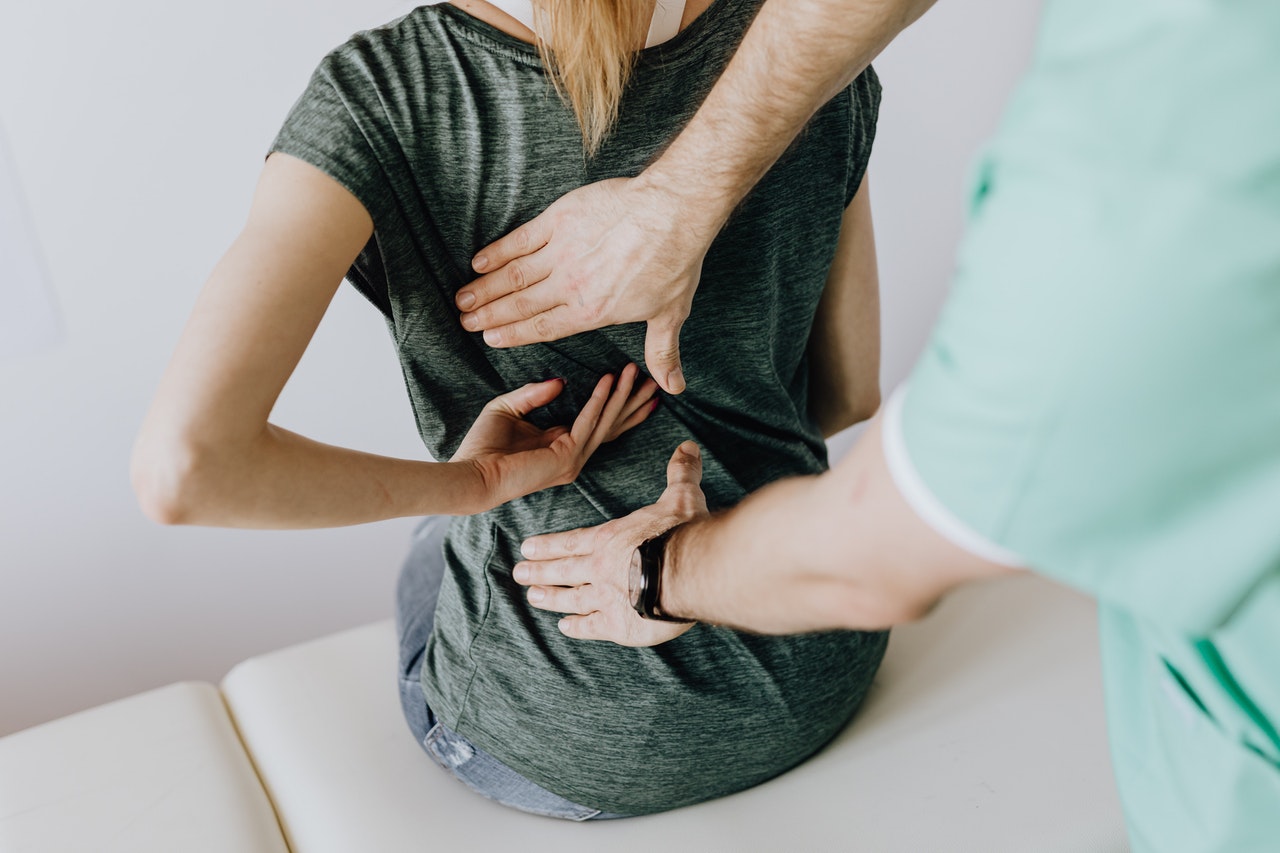
Image credit: Karolina Grabowska
We advise that you see a doctor if any of the above symptoms persist for more than two weeks. To diagnose whether or not you have trochanteric bursitis, the doctor may perform a physical examination of the affected area.
Additionally, X-rays are not very useful in capturing bursitis. However, X-rays help to rule out other possible conditions. Furthermore, you may need to do an ultrasound test or get an MRI test to ascertain the degree of the damage. In some cases, a medical practitioner will have to inject the infected bursa with aesthetic to numb the joint.
You’re sure that you have hip bursitis if the pain subsides immediately the sedative is administered. Thankfully, the condition is treatable, and there are a couple of treatment options. But, as they say, prevention is better than cure. You can prevent hip bursitis from happening or growing worse if it happens. Losing weight, wearing the right orthotics, and exercising more frequently are ways you can prevent the condition from developing.
Depending on the nature of bursitis, treatment could range from non-surgical to surgical procedures.
Taking time off to rest and applying ice packs to the affected area at intervals may prove useful in treating bursitis.
Furthermore, your doctor may also prescribe pain relievers and anti-inflammatory drugs to help ease pain and inflammation. Other effective non-surgical treatment includes cortisone shots and acoustic shock wave therapy.
Undergoing surgical procedures may likely become the last resort to remove the affected bursa in dire cases.
Is It Okay to Exercise With Hip Bursitis?
Experts advocate regular physical exercise, ice and rest in treating hip bursitis at home. It’s common knowledge that the inflammation of the hip bursae is associated with excruciating pain and stiffness of the hip joint.
What’s more, is that it may become hard to sit, stand, walk, or sleep properly. Engaging in physical exercises can help you conserve strength and enhance the flexibility of the hip muscles. Additionally, physical exercises aim to reduce the rubbing and friction that induces the pain in the hip.
You can manage some workout routines with hip bursitis. However, you should stop once you start having hip pain. Especially if it’s one of the listed hip bursitis exercises to avoid.
The physiotherapist will expertly recommend exercises that would be applicable for someone in your condition. What’s more, this will assure you of more positive outcomes and reduce the risk of developing hip bursitis again.
Additionally, It’s okay to exercise with hip bursitis only if you do so correctly. To heal faster, you can opt for workout routines recommended by a physical therapist.
Hip Bursitis Exercises to Avoid: Conclusion
Hip bursitis is not an incurable disease; neither is it a death sentence. It is associated with severe hip pain and stiffness, which makes it easy to diagnose. If you have hip bursitis, seek professional help in determining which treatments to use. Also, steer clear of the listed hip bursitis exercises to avoid.
For anyone not suffering from the condition, doing the right form of physical exercise can reduce your chances of getting it. You can refer to this article for hip bursitis related issues. Exercises for tight hamstrings might also help seeing that the hamstring muscles have many tendons that connect to the hip. But you’ll need to first clarify with your GP exactly what’s causing the issue.
What do you make of this article? Feel free to drop your comments in the dialogue box below. Also, kindly share this article so we can get a conversation started.
